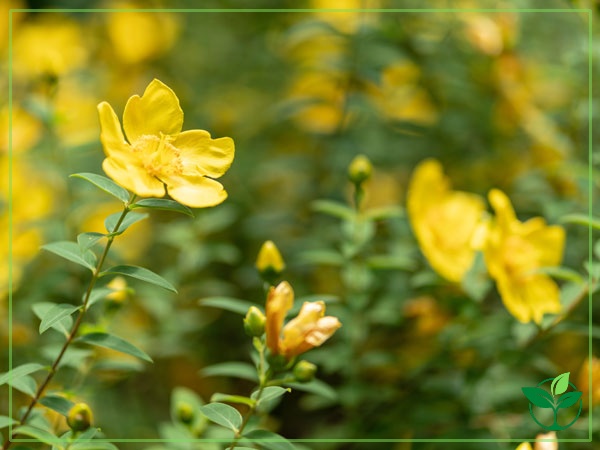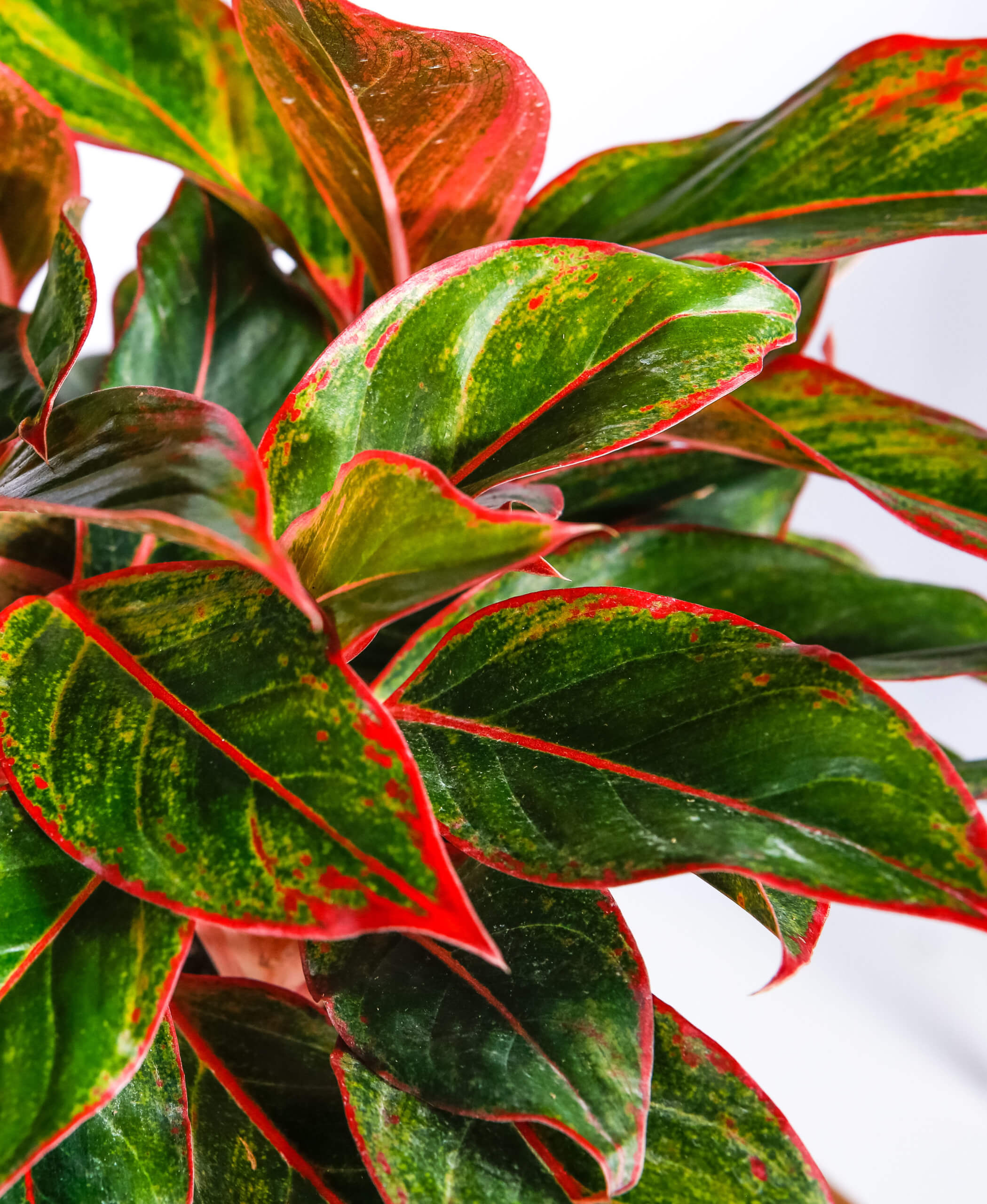Aarons Beard, also known as Stachys byzantina, is a low-maintenance plant loved for its fuzzy, gray-green foliage. However, these hardy plants can suddenly start drooping, causing alarm for plant parents.
A drooping Aarons Beard plant is indicating it’s under stress and needs some TLC. The good news is that identifying the cause and taking corrective care can revive it. Let’s explore the common reasons for droopy Aarons Beard plants and how to perk yours up again.
Top Causes of a Drooping Aarons Beard Plant
Several issues can cause the leaves and stems of your Aarons Beard plant to start sagging, Here are some of the most common culprits
-
Overwatering – Too much moisture leads to root rot. Aarons Beard prefers dry soil between waterings.
-
Underwatering – Parched roots cause wilting. Don’t let the soil dry out completely.
-
Insufficient light – Inadequate sunlight prevents photosynthesis and growth.
-
Nutrient deficiency – Lack of nutrients like nitrogen causes yellowing and drooping.
-
Pests – Bugs like spider mites and aphids weaken the plant as they feed on it,
-
Diseases – Root infections hinder water and nutrient absorption.
-
Environmental stress – Fluctuating conditions like temperatures, humidity and drafts.
How to Diagnose the Cause
Start by observing your plant closely to determine the likely culprit. Check for:
-
Wet, mushy roots – overwatering
-
Dry, shriveled roots – underwatering
-
Leggy, weak growth – insufficient light
-
Yellowing leaves – nutrient deficiency
-
Bugs, webs or sticky residue – pests
-
Discolored roots or stems – disease
-
Recent location or climate changes – environmental factors
Solutions to Revive a Drooping Aarons Beard Plant
Once you’ve determined the cause, you can take the appropriate steps to revive your Aarons Beard plant:
For Overwatering:
-
Allow the soil to dry out completely before watering again
-
Repot in fresh, well-draining soil
-
Water less frequently but deeply when you do
For Underwatering:
-
Water thoroughly until it drains from the bottom
-
Use soil that retains some moisture, not fast-draining mixes
-
Increase watering frequency in hot weather
For Insufficient Light:
-
Place plant in bright indirect sunlight or west/south window
-
Supplement with a grow light for 12-14 hours daily
-
Rotate the plant to ensure even light exposure
For Nutrient Deficiency:
-
Fertilize every 4-6 weeks during growing seasons
-
Use a balanced liquid fertilizer diluted to half strength
-
Test soil and adjust pH if needed
For Pests:
-
Isolate affected plant away from others
-
Remove bugs manually or use insecticidal soap/neem oil
-
Apply sticky traps or introduce beneficial insects
For Diseases:
-
Prune off infected parts and discard
-
Improve air circulation
-
Treat with fungicides if needed
For Environmental Stress:
-
Move plant away from drafty areas and vents
-
Maintain consistent indoor temperatures of 60°F – 75°F
-
Use a humidifier to keep humidity around 50-60%
With some TLC and corrective care, your drooping Aarons Beard plant should perk up again soon! Consistent monitoring and proper growing conditions will prevent future drooping episodes.
Frequently Asked Questions About Drooping Aarons Beard Plants
How often should I water my Aarons Beard plant?
Water when the top inch of soil is dry. During the growing season, this is usually every 7-10 days. Reduce watering frequency in winter.
What is the ideal light level for Aarons Beard plants?
Aarons Beard thrives in bright, indirect light. Provide at least 4-6 hours of sun daily. Supplement with grow lights if indoor natural light is inadequate.
What temperature is best for Aarons Beard plants?
Aarons Beard prefers consistent temperatures between 60°F-75°F. Avoid drafty areas and use a portable heater or air conditioner if needed to maintain optimal temperatures.
How do I increase humidity for my Aarons Beard plant?
Use a humidifier, place the pot on a pebble tray with water, or mist the plant daily to keep humidity around 50-60%, which Aarons Beard prefers.
What kind of fertilizer does Aarons Beard need?
Fertilize every 4-6 weeks during growing seasons with a balanced liquid fertilizer diluted to half strength.Reduce fertilizer over winter when plants are dormant.
By understanding what causes Aarons Beard plants to droop and providing appropriate care, you can restore the health and beauty of your plant. Pay close attention to its needs, and you’ll be rewarded with lush, vibrant foliage for years to come.

It can be alarming to notice sudden dramatic leaf and stem drooping on your plant, but don’t be worried! This is almost always totally normal, and easily fixed. Let’s figure out what might be going on.

Incredibly dry soil
Be sure you’re not underwatering your Aglaonema. Keep a consistent watering schedule–water when 50-75% of the soil volume is dry.
If you accidentally let your Aglaonema’s soil dry out completely, you may see stems go limp or leaves droop and crisp up. If the soil is extremely dry all the way through the pot, a good soak is in order.
Give your plant a good soak using the bottom-soaking method:
- Fill a sink or tub with 2″-4″ of water, depending on the size of your plant.
- Set the plant in the water without the saucer to allow it to soak the water from the bottom. Let the plant sit in the water for at least 30 minutes.
- After the 30 minutes is up, feel the top of the soil to see if it has soaked up enough water. If it needs a little more time, let it sit for an additional 15-30 minutes, or water slightly from the top of the soil.
- Drain the sink and let the plant rest to allow the water to trickle from the bottom.
- Place plant back on saucer making sure there is no standing water.
Keep in mind that when the soil goes from bone-dry to saturated, it can cause stress for your Aglaonema and may cause leaves to drop. Give it some time to adjust.
Not enough humidity
Your Aglaonema will do best in a humid environment. Increase the humidity around your plant by misting it on a regular basis, using a pebble tray, or moving a humidifier nearby.
